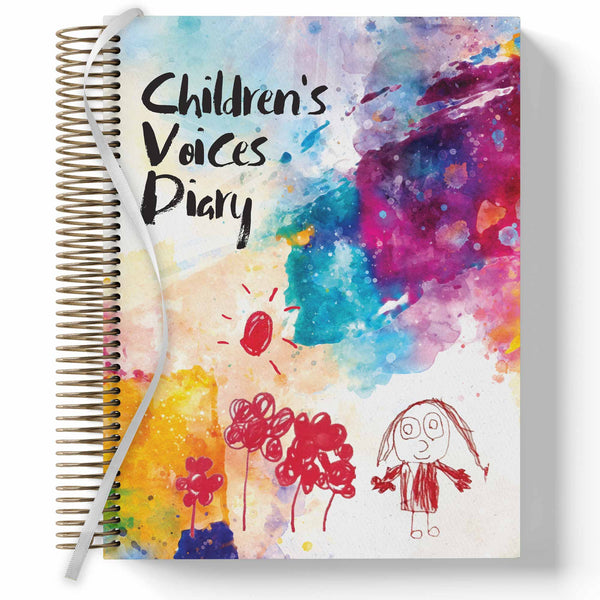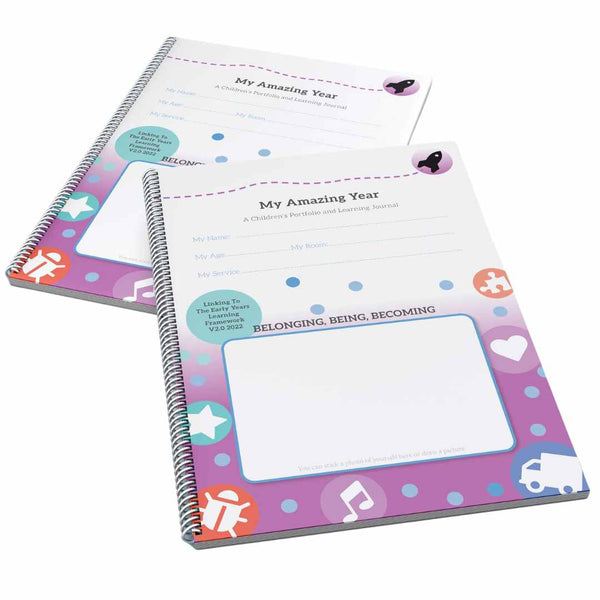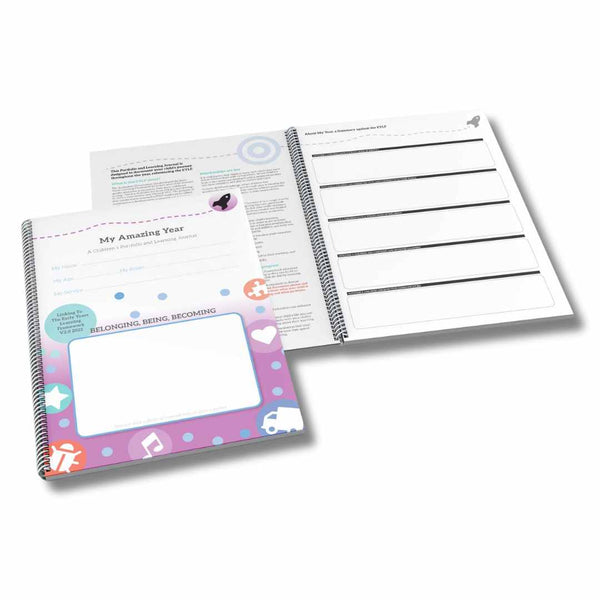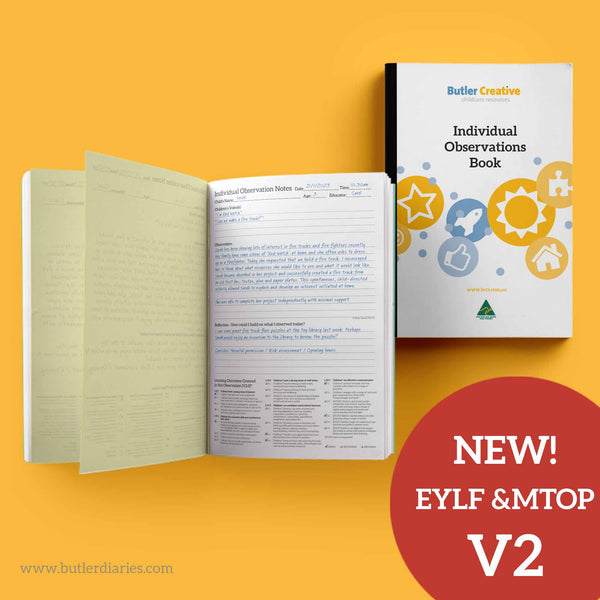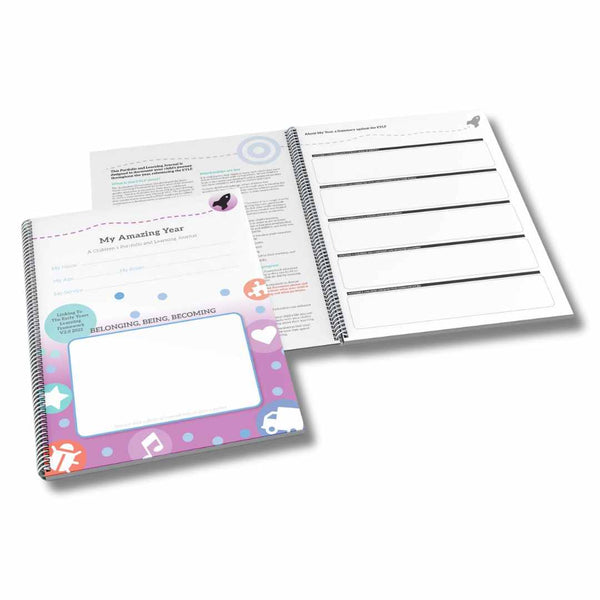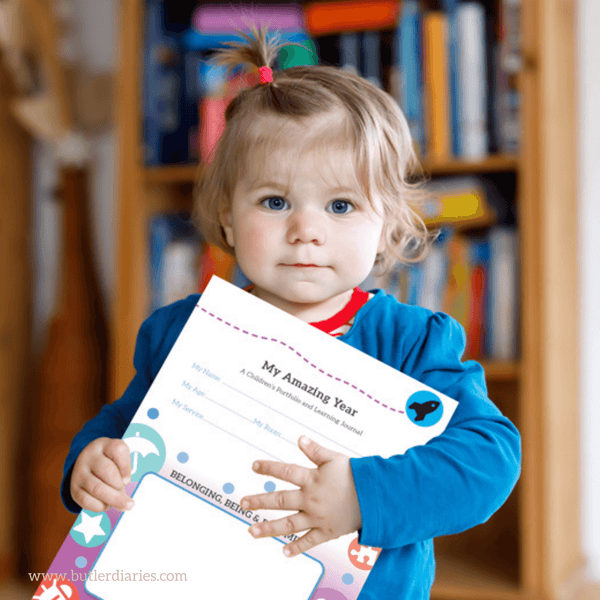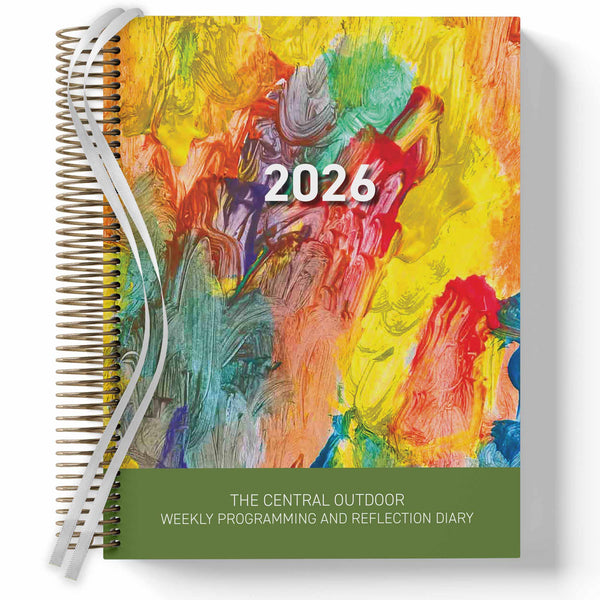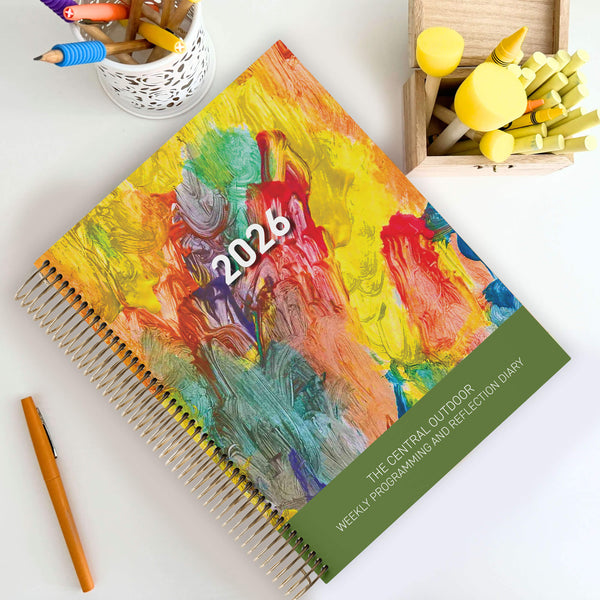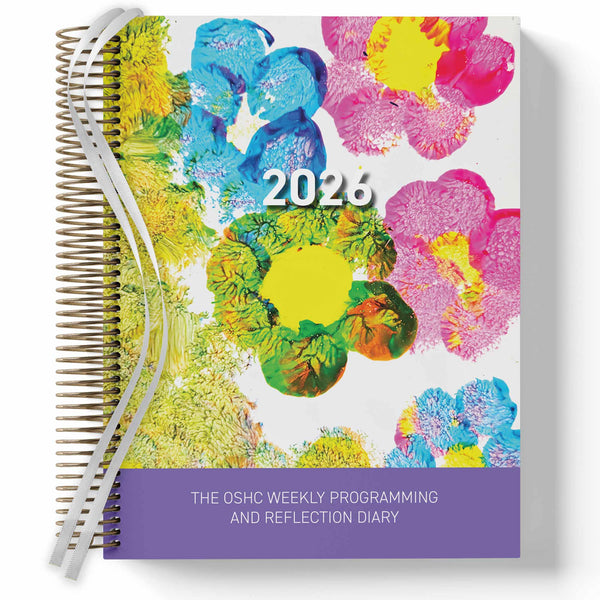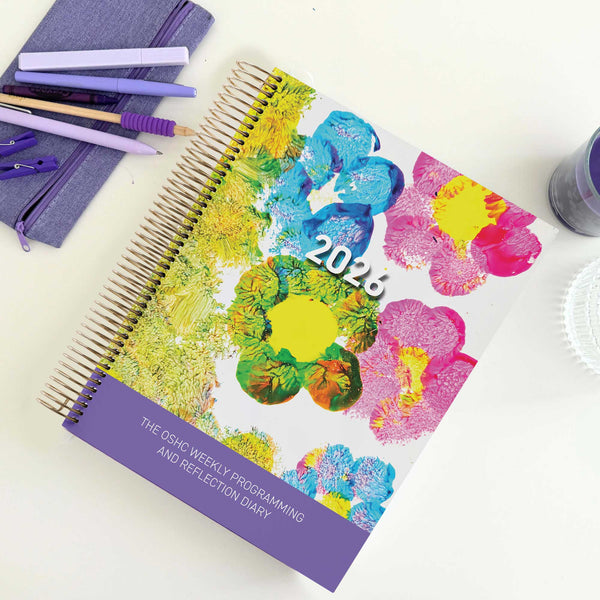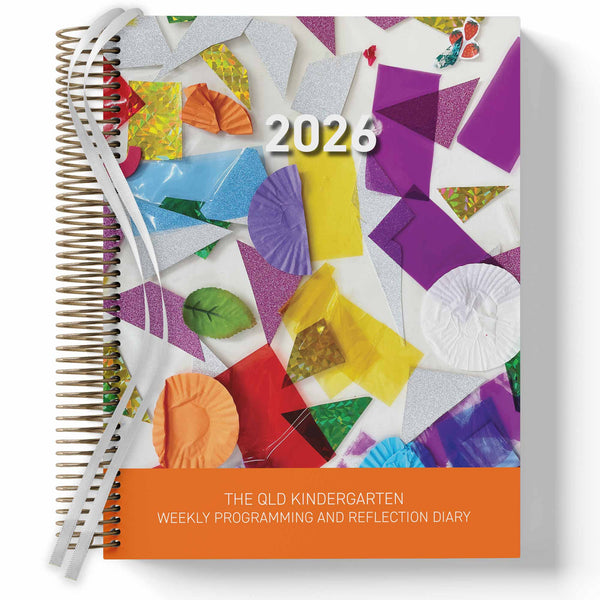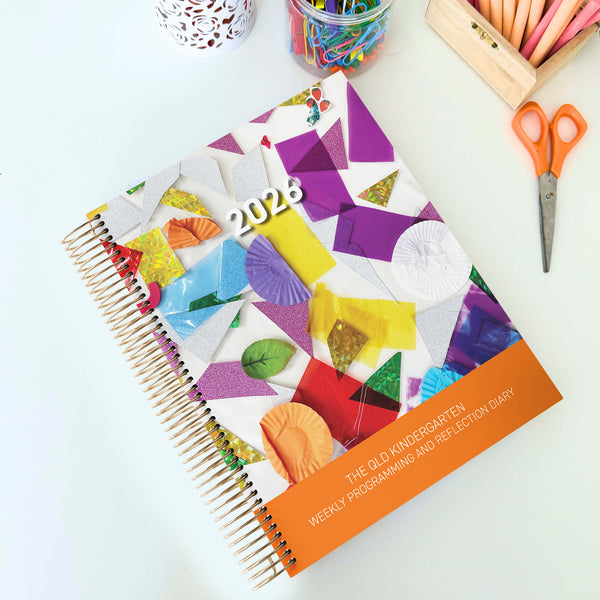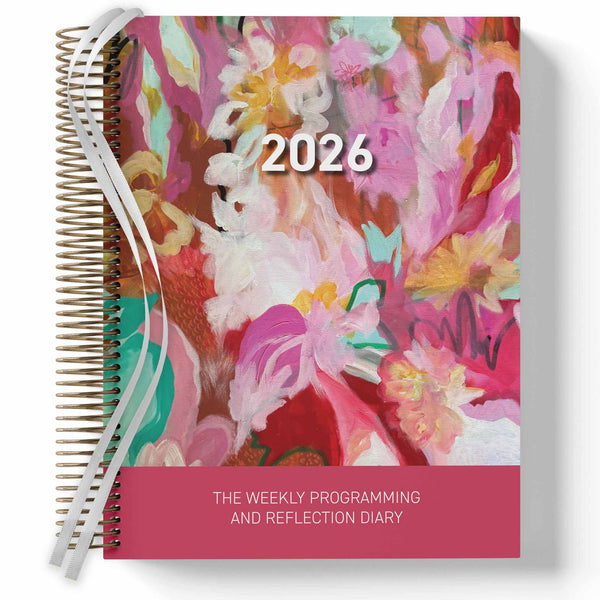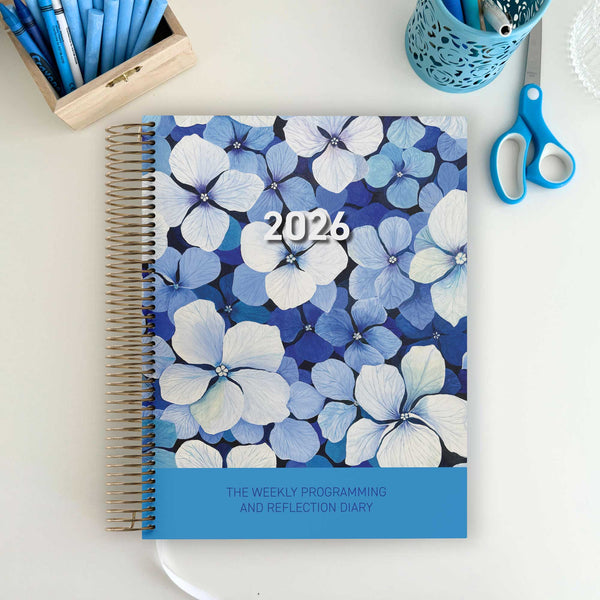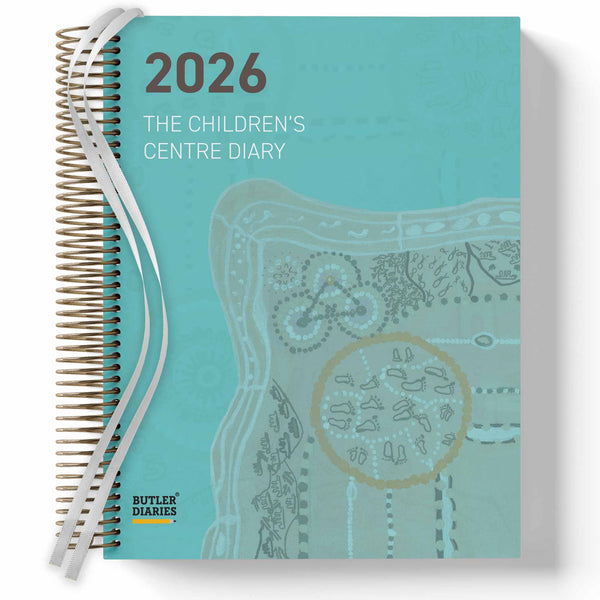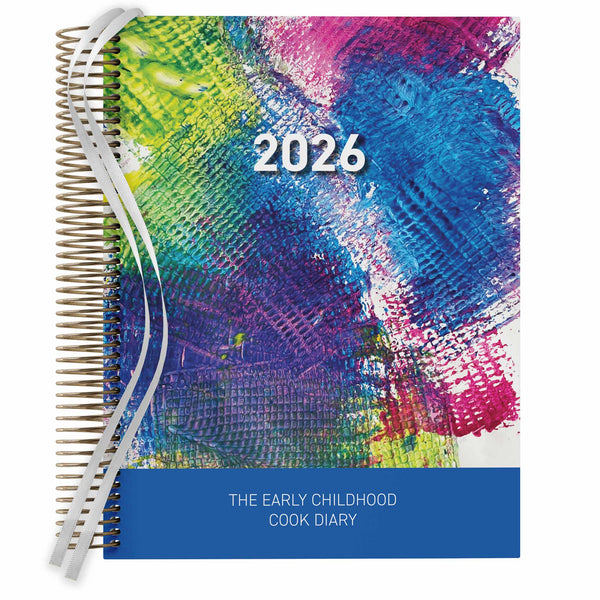One of the core principles of Early Childhood Education and Care is listening to and responding to children’s voices. But what happens when those voices aren’t clear—or when children seem disengaged, disinterested, or just not giving you anything to go on?
This is a common challenge for educators, especially when trying to create meaningful, child-led programs that reflect the EYLF v.2.0’s emphasis on agency and identity.
Here’s how to support and capture children’s voices—even when they’re quiet.
1. Tune In to the Subtle Cues
Children’s voices aren’t always verbal. Watch for:
-
Repeated actions or play themes
-
Emotional responses to experiences
-
The materials, spaces or people children gravitate toward
These are valuable insights into what matters to a child, and they can be documented and used to inform future planning. Looking back on your critical reflections and programs can help identify patterns and clues.
2. Use Interest Webs
Interest webs are a powerful way to expand a single observation into a full programming plan. Start with a central idea—perhaps a child is repeatedly playing with toy animals—and branch out into related books, outdoor experiences, music, art, and more. The visual mapping process makes connections clearer and more intentional. The Programming and Reflection note pages on your Weekly Programming and Reflection Diary is a great place for this.
3. Ask Better Questions
Open-ended questions can be overwhelming for young children. Instead of, “What do you want to learn about?”, try:
-
“What was your favourite part of today?”
-
“What would you like to do again tomorrow?”
-
“Which book should we read next?”
These simpler prompts make it easier for children to share their thoughts and preferences.
4. Create Choice-Rich Environments
Children express their agency through choices. Offer multiple provocations, loose parts, and open-ended materials. Observe where children go, what they return to, and what conversations they start. These patterns can drive your planning and evidence children’s engagement. Take jottings in your reflection spread of your Weekly Programming and Reflection Diary under 'Learning Data'.
5. Capture Voice in Your Documentation
Whether children speak, point, gesture or smile, their reactions are part of their learning story. Include their comments, drawings, and behaviours in your documentation. Use tools that help you connect these insights to future plans. You can use a tool like our Children's Voices Diary to collect input direct from children.
How Butler Diaries Supports You
Our Educator Diaries and Programming Diaries include space to record spontaneous choices and children's voices, alongside planned experiences and critical reflection. Designed for alignment with EYLF v.2.0, they make it easier to track and respond to emerging interests.
Children always have something to say. Sometimes, we just need to listen a little differently.








